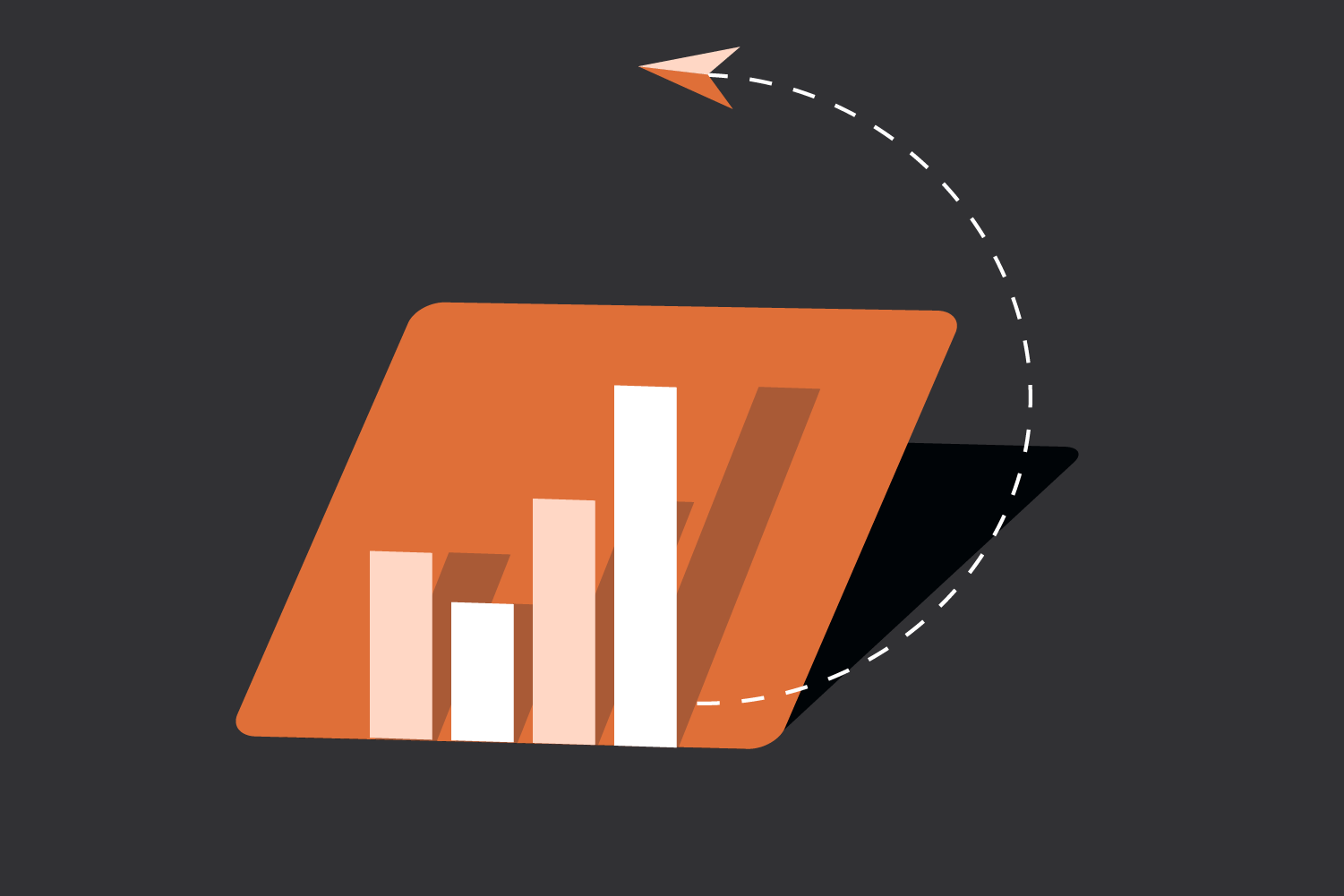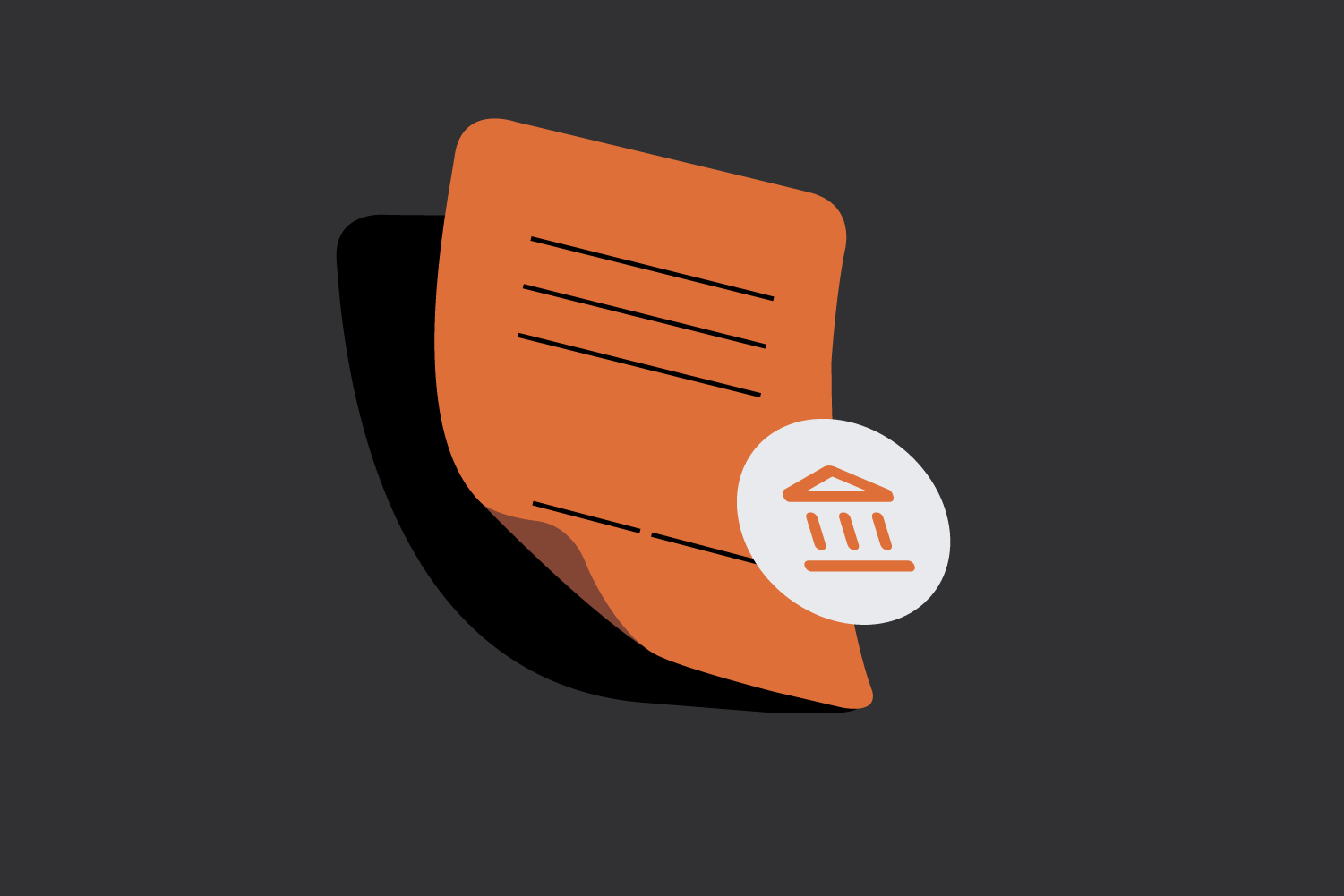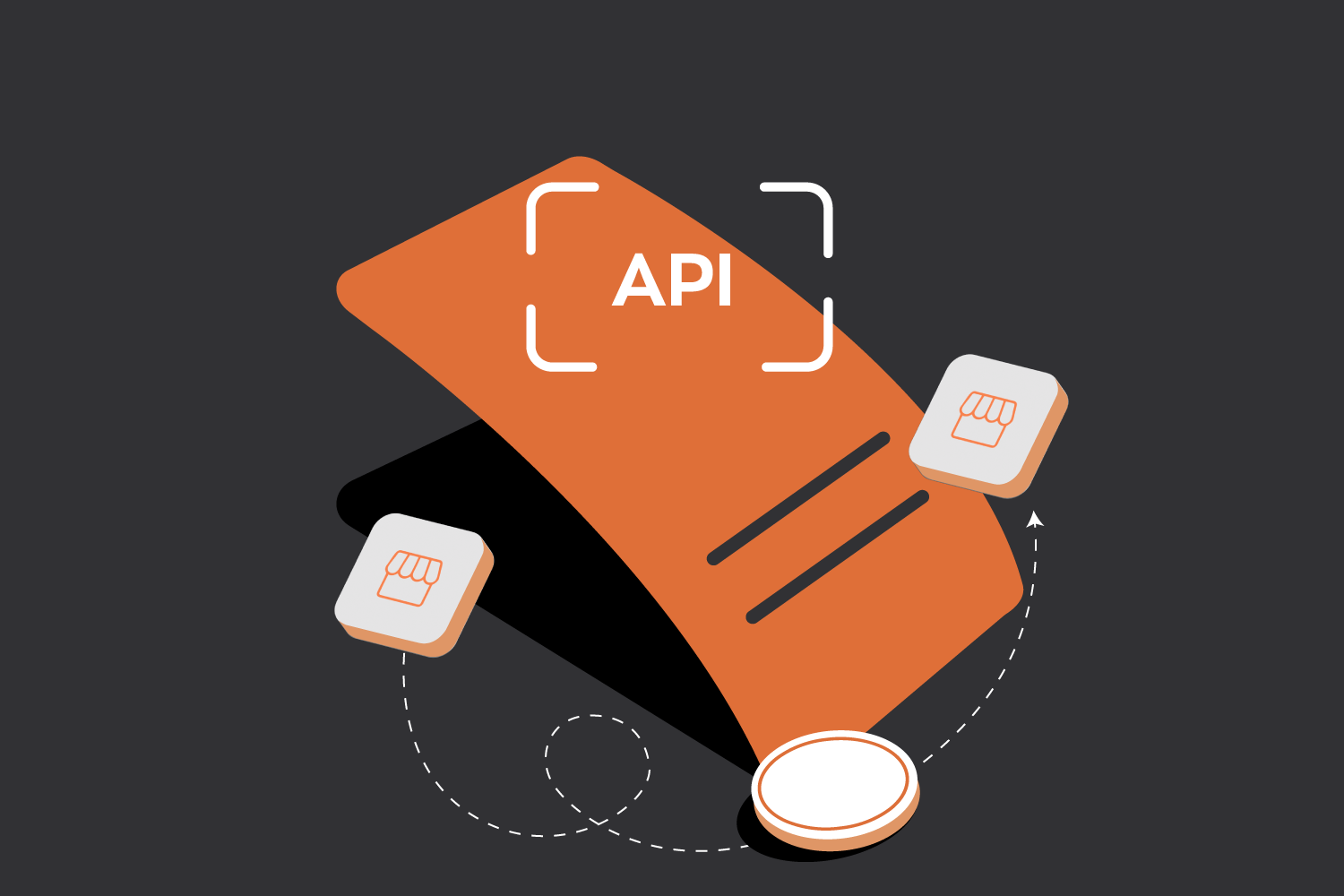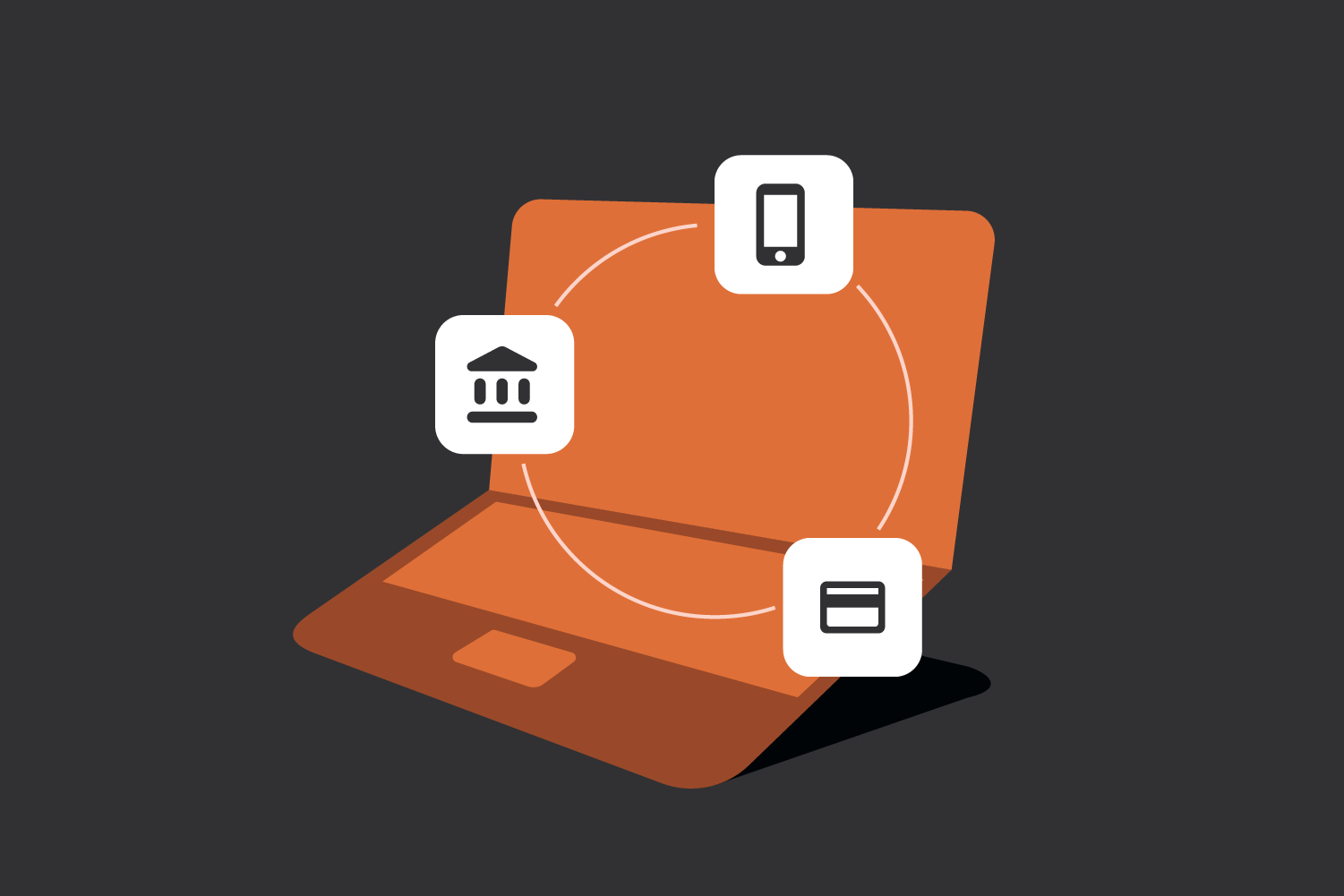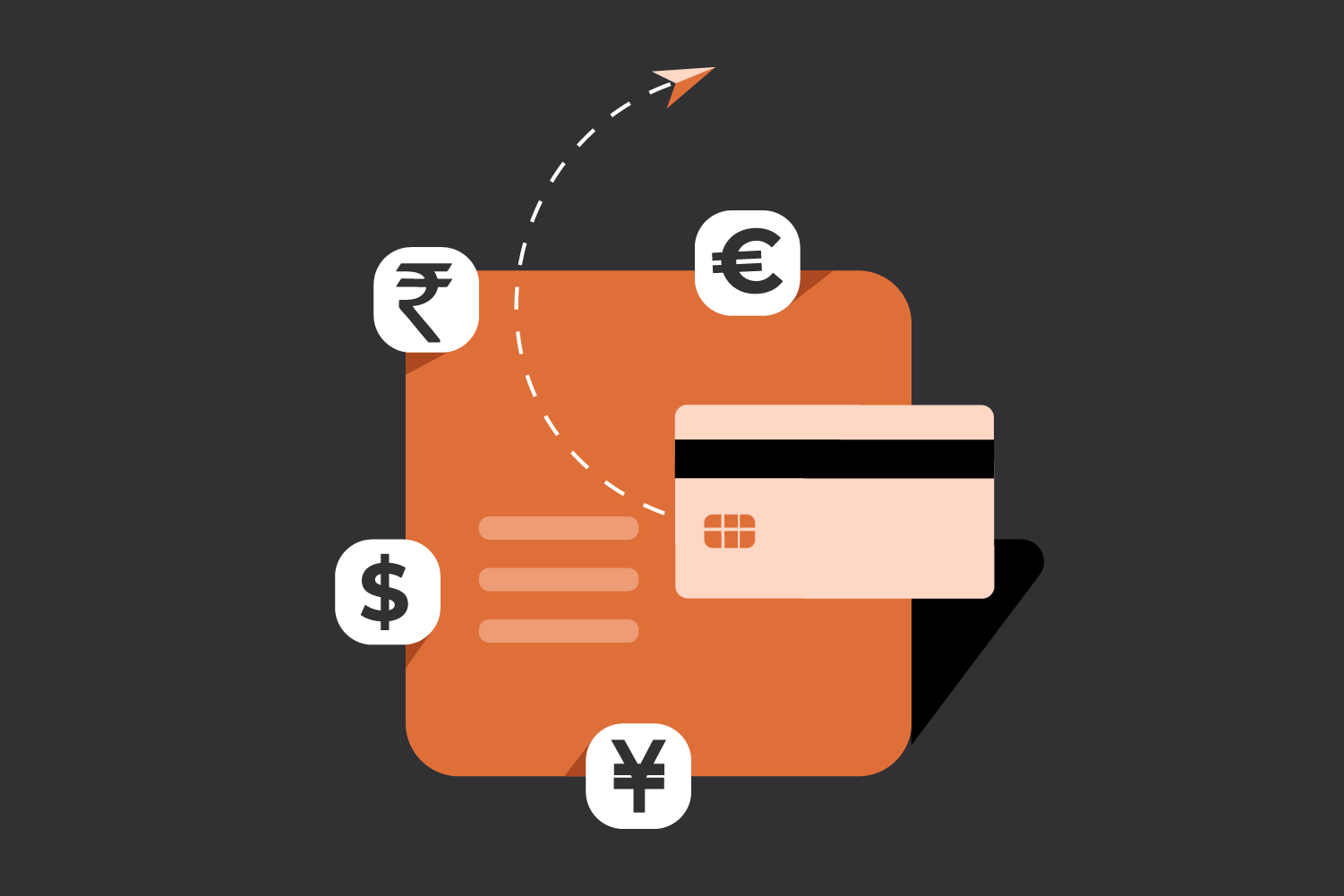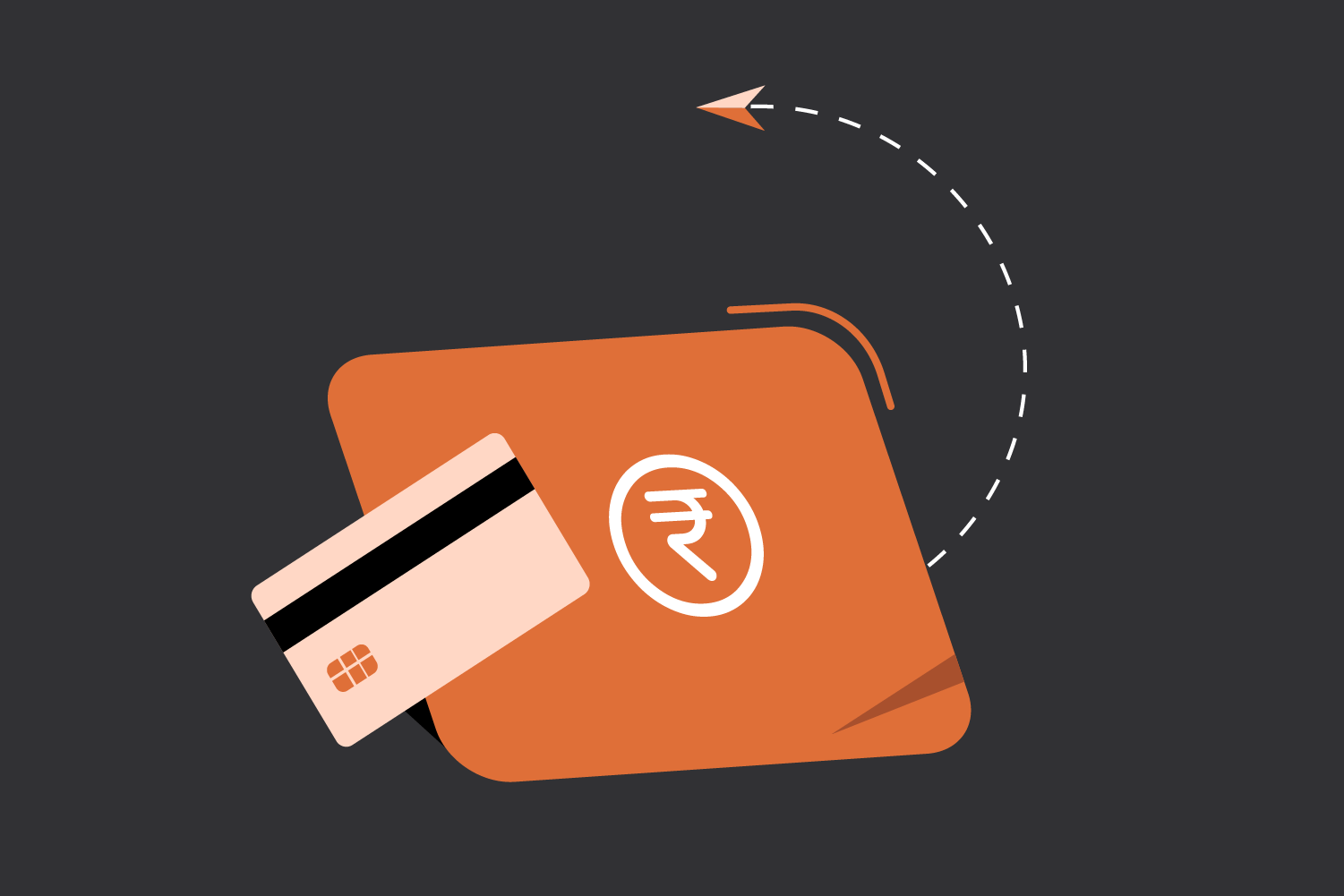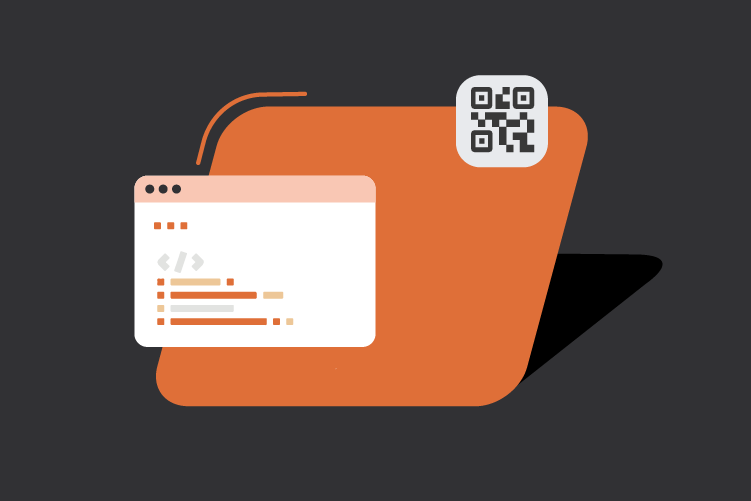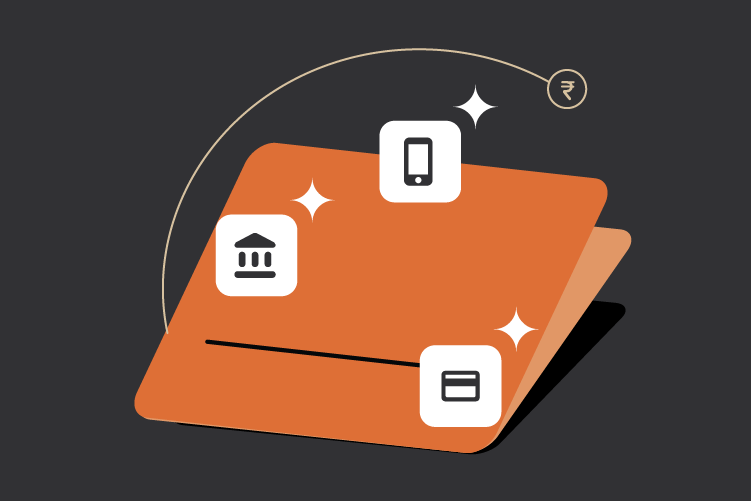POS, or point of sale, means the moment and location where customers make payments for goods or services. It represents the final step in a purchase, whether in a retail store, an e-commerce website, or a mobile payment system.
The point-of-sale concept has been around for a long time. Before the modern POS systems, businesses would handle transactions using paper receipts, pens, and ledger books. The POS Terminal market in India is estimated to reach $63.17 billion by 2029. Let us better understand Point-of-Sale systems, their types, and their benefits.
What are POS Systems?
POS systems combine hardware (‘Point-of-Sale terminal’ is the most commonly used) and software to help businesses accept payments. Beyond processing transactions, it can also support key business operations such as inventory tracking, customer management, and sales reporting.
At its core, a POS system is the central hub for managing sales across various channels, including physical stores, e-commerce, and mobile transactions.
Types of POS Systems
Businesses choose from different types of POS systems based on their operational needs:
- Traditional/On-premise POS: These are the POS systems installed on retailers’ premises. They include registers, barcode scanners, and receipt printers, but have a high upfront fee.
- Mobile POS (mPOS): These systems are suitable for businesses that accept payments from customers on the field. mPOS uses smartphones or tablets to process payments, making it ideal for food trucks, pop-up shops, and service-based businesses.
- Cloud-based POS: These POS systems are managed on the cloud and offer businesses a flexible point of sale. You can manage your business anywhere, anytime, as there is no need to be at the store’s physical location. Shopify POS, Square POS, and Lightspeed POS are examples of cloud-based POS.
- Self-service kiosks: These POS systems enable customers to complete transactions independently, reducing wait times and improving efficiency. They are very common in restaurants and movie theaters.
How Do POS Systems Work?
POS systems ensure that a sales transaction proceeds smoothly from start to finish. Here’s how it typically works:
- Initiate the purchase: The process begins when a customer buys a product or service. The cashier or store employee scans the items using a barcode scanner or manually enters the product details into the POS system.
- Calculate the amount: The POS system automatically calculates the amount due, including applicable taxes or discounts.
- Process the payment: The customer then selects a payment method—cash, credit/debit card, UPI, or mobile wallet—and the POS system securely processes the transaction.
- Finalize and update: The POS system finalizes the sale once the payment is approved. If the system includes inventory management, stock levels are updated automatically. A receipt is then printed or sent digitally to the customer.
- Transactions: The POS system logs all transaction details and stores them in a database for future reference. This data can be used to generate sales reports, track employee performance, process returns, and analyze customer behavior.
Key Features of POS Systems
Modern POS systems are more than just cash registers—it offer features that help businesses streamline operations:
- Fast and secure transactions: POS supports multiple payment methods, from credit cards to UPI and digital wallets.
- Inventory management: POS helps businesses track stock levels and prevent shortages or overstocking.
- Sales reporting and analytics: POS systems provide data on customer behavior, helping businesses make informed decisions.
- Customer Relationship Management (CRM): Some POS systems allow businesses to store customer data for loyalty programs and personalized marketing.
- Multi-channel integration: POS systems can integrate with sales channels like e-commerce platforms, mobile apps, and more to manage orders and payments.
- Security: POS systems usually have built-in security features such as authentication, encryption, and fraud detection.
Benefits of POS systems
Investing in POS systems provides many other benefits beyond processing transactions:
- Increased efficiency: POS systems speed up the sales process. It automates pricing, updates inventory, tracks sales, reduces manual work, and improves speed.
- Minimized errors: POS systems reduce the risk of manual entry mistakes by automating calculations and data entry.
- Better inventory control: Having a POS system helps prevent overstocking or stockouts by providing real-time inventory updates.
- Enhanced customer experience: POS systems create a smoother shopping experience by ensuring faster checkout times, providing digital receipts, and managing loyalty programs.
- Improved business insights: POS systems provide access to real-time data that helps business owners make informed decisions based on sales trends and customer behavior.
- Streamlined operations: POS systems integrate with other business tools and ensure all systems work efficiently.
Interested in our APIs? Let’s talk!
Tell us your automation goals, and we’ll set you up with a free, personalized demo from our API expert.
Click HereThe Future of POS Systems
The POS industry is evolving rapidly, with new technologies reshaping how businesses handle transactions. Here are some key trends that will define the future of POS systems:
- AI-driven personalization and automation: AI-powered POS systems will analyze customer data, predict preferences, and provide personalized recommendations. AI-driven chatbots will automate inventory management, reordering, and customer support, enhancing operational efficiency.
- Advanced data analytics and predictive insights: Future POS systems will offer deeper insights into sales trends, market behaviors, and customer preferences. Businesses will leverage predictive analytics to optimize inventory, forecast demand, and make data-driven decisions.
- Biometric and Blockchain security enhancements: Enhanced security measures such as biometric authentication (fingerprint or facial recognition) and blockchain-based transactions will protect customer data and prevent fraud.
- Self-service and autonomous checkout: More businesses will adopt self-service kiosks and autonomous checkout solutions using AI and computer vision. Customers can walk out with items, and payments will be automatically processed.
- Voice-activated POS systems: Voice recognition technology will be integrated into POS systems, allowing employees to process transactions, manage inventory, and generate reports hands-free.
Final Thoughts
A well-equipped POS system can help businesses enhance efficiency, improve customer experiences, and drive sales. As technology advances, POS systems will evolve, integrating AI, biometrics, and automation to create seamless, secure, data-driven transactions. Businesses that stay ahead of these trends will gain a competitive advantage by offering their customers more personalized, efficient, and secure purchasing experiences. Whether you operate a retail store, a café, or an online business, investing in the right POS solution can be a game-changer.

